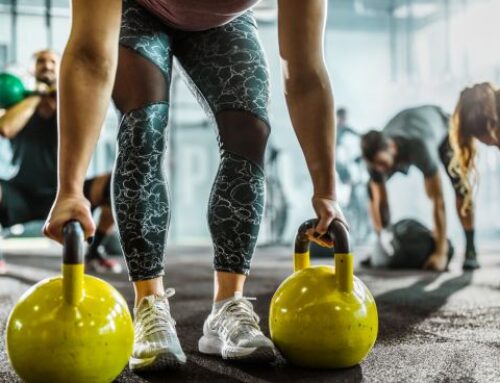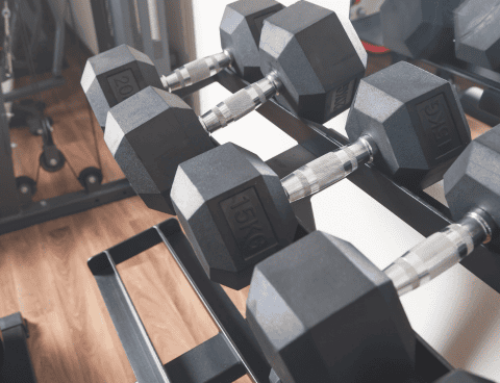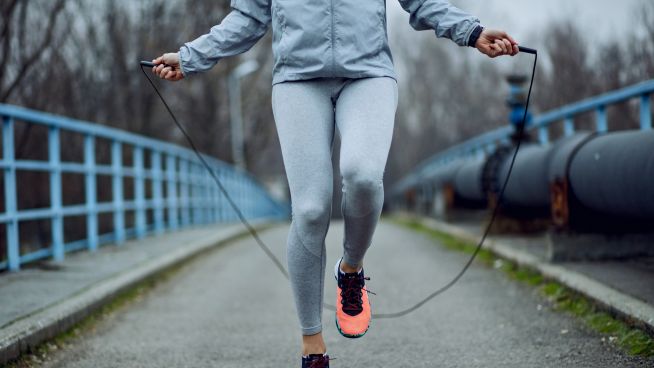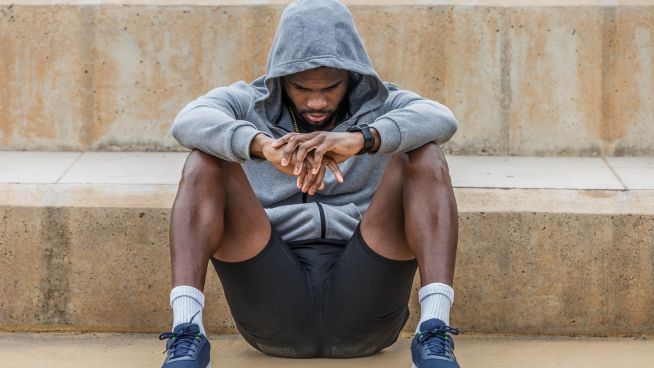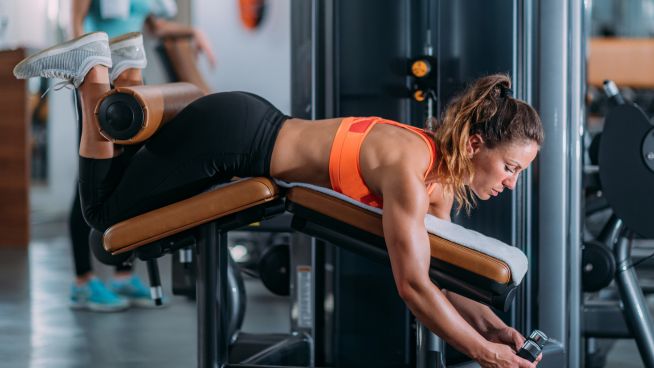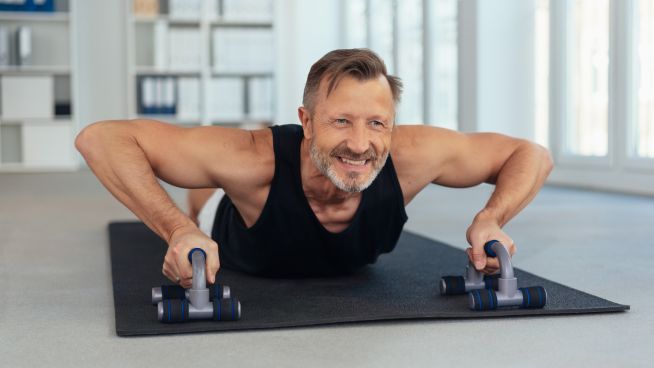How NOT to Perform a Pull-Up (With Fixes)
![]()
Pull-Ups are one of the best upper-body exercises an athlete can perform. They strengthen the upper back, biceps, shoulders and core. But if an athlete does not perform them right, Pull-Ups won’t be as effective.
Here is a video of a guy you should watch if you want to learn how not to perform a Pull-Up.
Believe it or not, when asked why he performs Pull-Ups this way, this guy responded, “because I have back problems.” Yeah, no kidding. Maybe the reason he has back problems is because of the way he performs Pull-Ups.
Performing Pull-Ups with bad technique such as kipping, using your arms and not your back, and not going through the full range of motion can not only decrease the effectiveness of the exercise, it can lead to injury.
Wrong Way: Kipping Pull-Ups
Kipping Pull-Ups recruit muscles throughout the body to generate power in a jarring motion, which, if not performed correctly, places excessive stress on the shoulders and back—as seen with this guy. Plus, it’s essentially cheating. People kip to help themselves complete a rep.
Wrong Way: Using Just Your Arms
Another improper technique is to primarily use your arms instead of your upper back or rhomboids to pull yourself up over the bar. Athletes should focus on retracting their shoulders and pulling their chest up toward the bar rather than straining their neck to get their head above the bar. A great way to reinforce this technique is to pull your shoulder blades down and back first, then complete the rep with your arms.
RELATED: Perfect Pull-Up Technique
Right Way: Full Range of Motion
Athletes should perform Pull-Ups with full range of motion. Starting from a dead hang with your arms fully extended, pull yourself up until your shoulders are fully retracted; then lower yourself back down to a dead hang. Many athletes fail to lower themselves all the way back down. When this happens, they are not training through a full range of motion and may be taking their back out of the movement.
Right Way: Proper Pull-Ups
Pull-Ups need to engage the core and glutes to stabilize the hip complex, which means you need to squeeze your glutes. This limits the forward sway you see with the guy in the video. If you really want to get the most out of your Pull-Ups, here is the proper technique to use:
- Stand under the bar and grab it with both hands with your palms facing away from you and your hands shoulder-width apart.
- Start from a dead hang with your arms fully extended, your core engaged, and your shoulders back.
- Begin the pull by squeezing the bar with your hands while engaging the muscles of your upper body and core.
- Imagine pulling your elbows down to your sides as your entire body travels toward the bar.
- Resist the urge to strain your neck in an attempt to break the plane of the bar with your chin.
- Continue to pull until your chin clears the bar with ease, at which point the upward phase of the Pull-Up is complete.
- Descend slowly to the dead hang position while maintaining a firm grip on the bar and allowing your arms to straighten as you lower.
- Once you have returned to the dead hang position, that is considered your first repetition.
RECOMMENDED FOR YOU
MOST POPULAR
How NOT to Perform a Pull-Up (With Fixes)
![]()
Pull-Ups are one of the best upper-body exercises an athlete can perform. They strengthen the upper back, biceps, shoulders and core. But if an athlete does not perform them right, Pull-Ups won’t be as effective.
Here is a video of a guy you should watch if you want to learn how not to perform a Pull-Up.
Believe it or not, when asked why he performs Pull-Ups this way, this guy responded, “because I have back problems.” Yeah, no kidding. Maybe the reason he has back problems is because of the way he performs Pull-Ups.
Performing Pull-Ups with bad technique such as kipping, using your arms and not your back, and not going through the full range of motion can not only decrease the effectiveness of the exercise, it can lead to injury.
Wrong Way: Kipping Pull-Ups
Kipping Pull-Ups recruit muscles throughout the body to generate power in a jarring motion, which, if not performed correctly, places excessive stress on the shoulders and back—as seen with this guy. Plus, it’s essentially cheating. People kip to help themselves complete a rep.
Wrong Way: Using Just Your Arms
Another improper technique is to primarily use your arms instead of your upper back or rhomboids to pull yourself up over the bar. Athletes should focus on retracting their shoulders and pulling their chest up toward the bar rather than straining their neck to get their head above the bar. A great way to reinforce this technique is to pull your shoulder blades down and back first, then complete the rep with your arms.
RELATED: Perfect Pull-Up Technique
Right Way: Full Range of Motion
Athletes should perform Pull-Ups with full range of motion. Starting from a dead hang with your arms fully extended, pull yourself up until your shoulders are fully retracted; then lower yourself back down to a dead hang. Many athletes fail to lower themselves all the way back down. When this happens, they are not training through a full range of motion and may be taking their back out of the movement.
Right Way: Proper Pull-Ups
Pull-Ups need to engage the core and glutes to stabilize the hip complex, which means you need to squeeze your glutes. This limits the forward sway you see with the guy in the video. If you really want to get the most out of your Pull-Ups, here is the proper technique to use:
- Stand under the bar and grab it with both hands with your palms facing away from you and your hands shoulder-width apart.
- Start from a dead hang with your arms fully extended, your core engaged, and your shoulders back.
- Begin the pull by squeezing the bar with your hands while engaging the muscles of your upper body and core.
- Imagine pulling your elbows down to your sides as your entire body travels toward the bar.
- Resist the urge to strain your neck in an attempt to break the plane of the bar with your chin.
- Continue to pull until your chin clears the bar with ease, at which point the upward phase of the Pull-Up is complete.
- Descend slowly to the dead hang position while maintaining a firm grip on the bar and allowing your arms to straighten as you lower.
- Once you have returned to the dead hang position, that is considered your first repetition.


